Definition, causes, varieties, signs and treatment of paralysis
Paralysis is the complete absence of movement, which occurs due to the lesion of the motor pathways of the nervous system, which is the totality of its nerve structures that are responsible for motor activity. According to statistics, most often there is a paralysis of the right or left side of the body after a stroke, a paralysis of other moving parts of the body (arms, legs, larynx, diaphragm, and so on) is somewhat less often. Paralysis can be:
Functional paralysis occurs in most cases due to the formation of a so-called stagnant region of inhibition in the brain, which prevents muscles from receiving a command to contract.
Organic paralysis is formed due to the fact that the nervous system (at any level) can be affected by the following factors:
- some chemicals;
- some medications (for example, muscle relaxants during some procedures);
- toxins (of bacterial and viral origin, industrial, formed as a result of metabolic disorders);
- neoformations (benign and malignant, including metastatic ones) or other focal brain damages;
- injuries.
Classification of paralysis
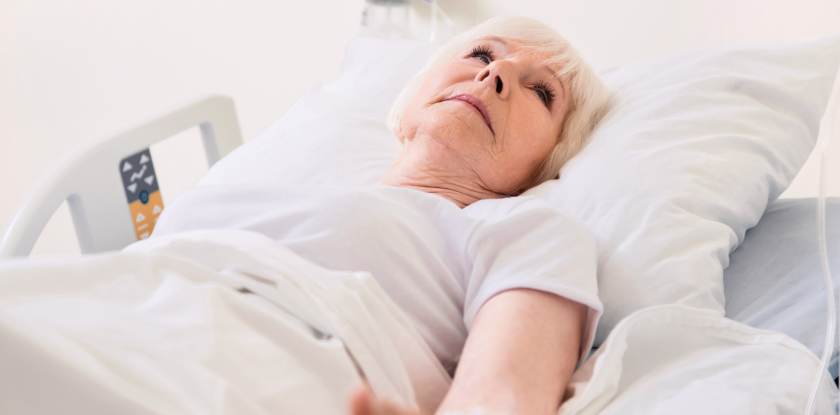
There are the following types of paralysis according to its localization:
- central that occur in case of a damage to the spinal cord and brain;
- peripheral that are formed due to disturbances in the peripheral nervous system (nerve terminals, neuroplexes, nerve trunks).
- monoplegia, which is the paralysis that affects only one limb (for example, paralysis of the arm);
- hemiplegia, when a paralysis affects the left or the right half of the body and limbs on one side;
- ophthalmoplegia, which is the paralysis of the muscles that provide motor activity of the eyes;
- paraplegia – as a rule, the legs are affected, the functioning of the pelvic organs is impaired;
- tetraplegia, when the paralysis of upper and lower extremities is observed.
What diseases are accompanied by a paralysis
- stroke;
- spinal cord injury;
- amyotrophic lateral sclerosis;
- damage to a large nerve trunk;
- Guillian-Barre syndrome (an autoimmune process);
- poliomyelitis (damage to the nervous system caused by poliovirus);
- botulism (the disease of the central nervous system caused by clostridia);
- disseminated sclerosis (destruction of several structures of the nervous system).
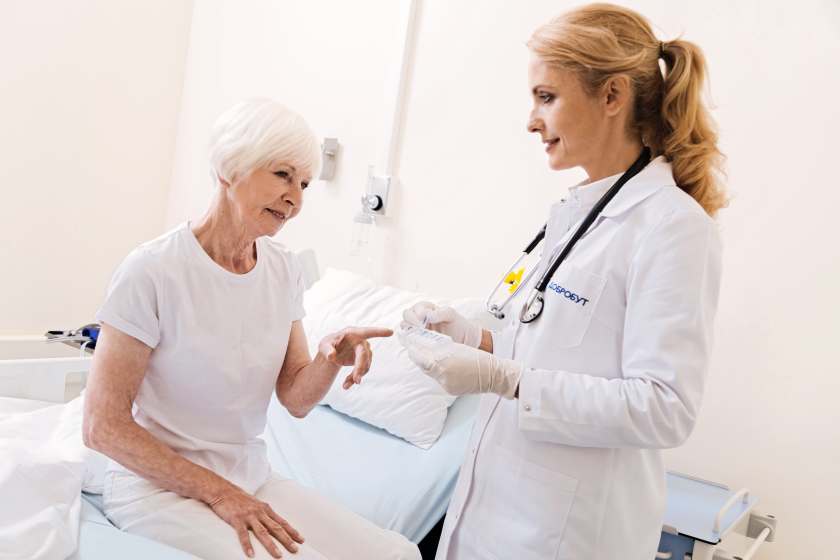
According to the degree of development of signs, paralysis can be:
- partial, called paresis;
- complete, called plegia.
If physical activity is restored, transient paralysis is recorded, if not, irreversible paralysis.
Treatment of paralysis
- if possible, to eliminate the possible cause of the paralysis (a tumor that presses on the nerve trunk, an infectious agent, neurotoxic poisons, etc.);
- exercise therapy, massage;
- rehabilitation;
- special therapy that depends on the disease that caused the paralysis. So, in case of Bell’s palsy, which occurs when the facial nerve is damaged, antiviral and corticosteroid medications are prescribed, in case of the paralysis accompanied by the increased muscle tone, botulotoxin is administered.
Care is of great importance for such patients, because it allows for prevention of bedsores, congestive pneumonia, etc.
You will receive the answers to specific questions related to paralysis, its prevention, examination and treatment methods applied in this situation, on our website.
Author of the article: Irina Pepenina, M.D.
Date of publication: 11.11.2019
Our services
Our advantages
Our doctors
Our clinics
ISO certificates
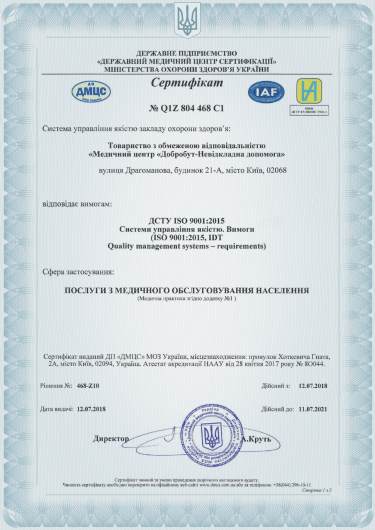
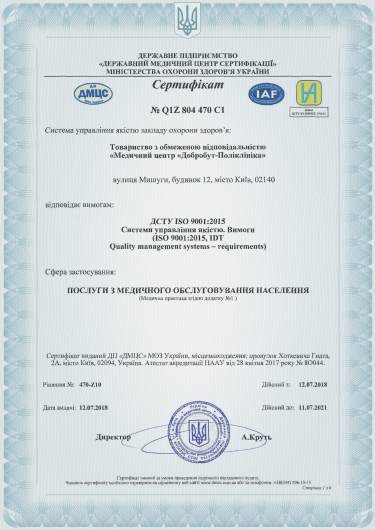
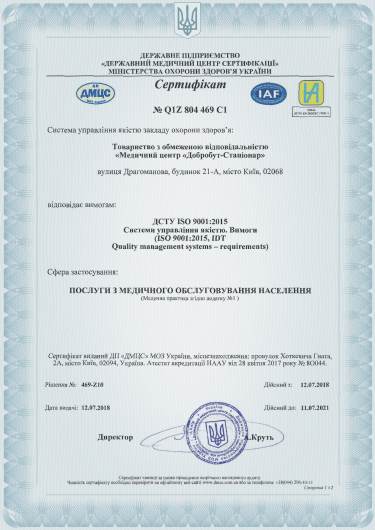
Accreditation certificates
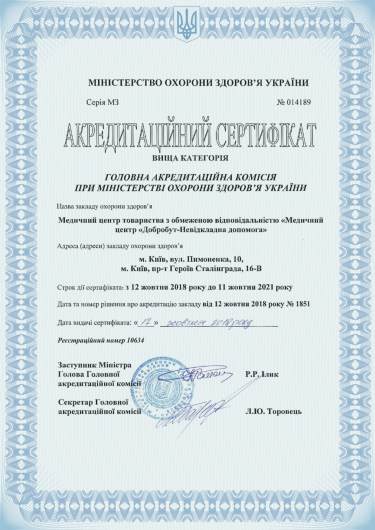
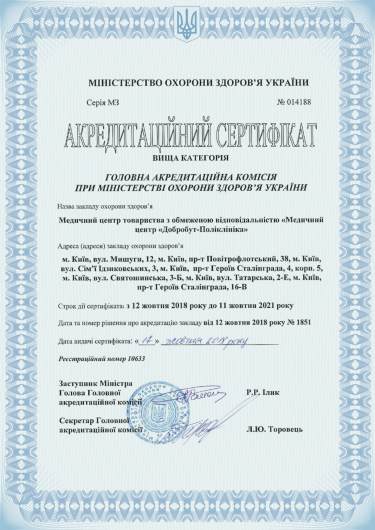
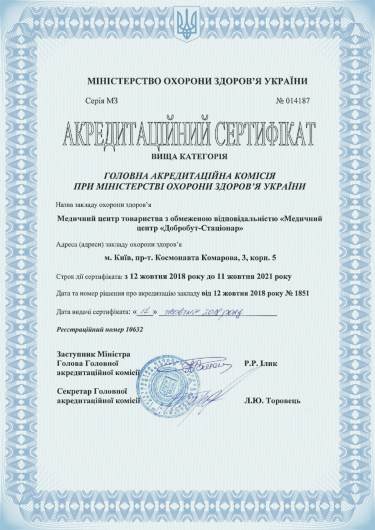
Medical practice licenses
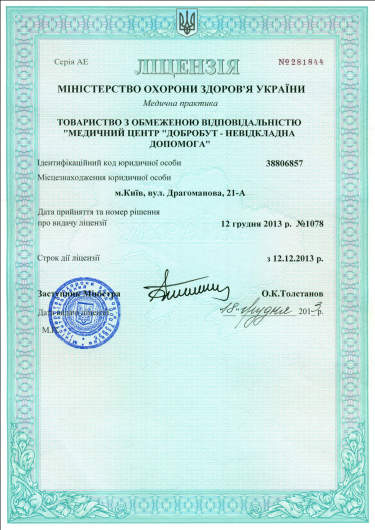
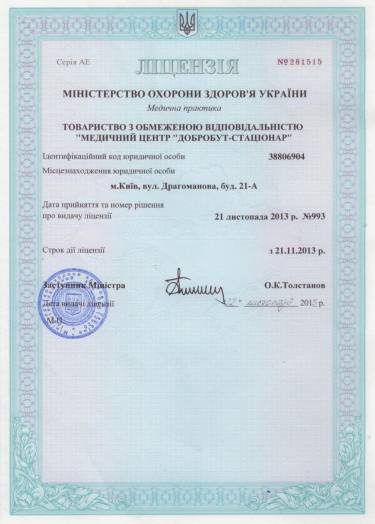
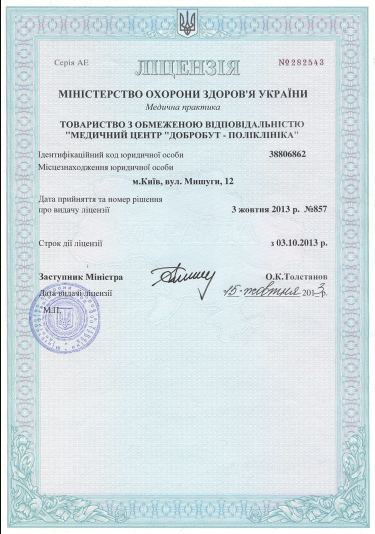





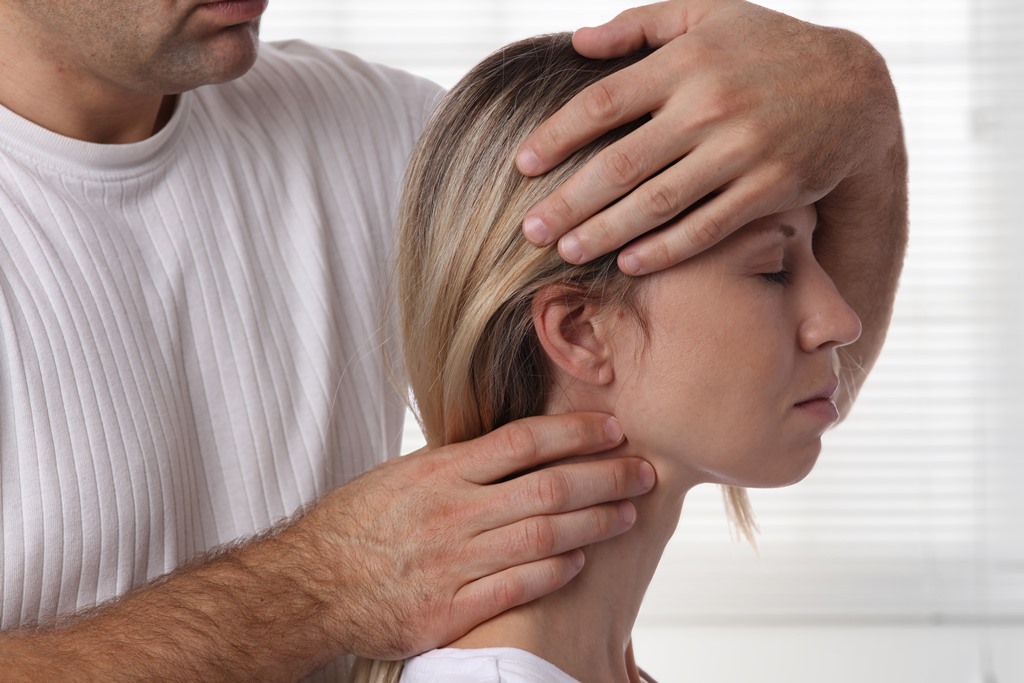










@2x.png)
@2x.png)
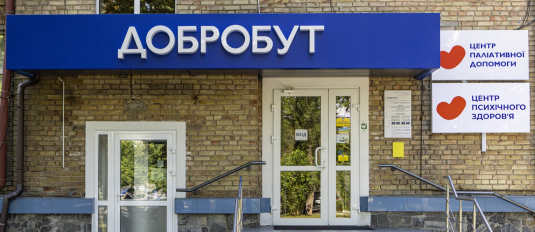
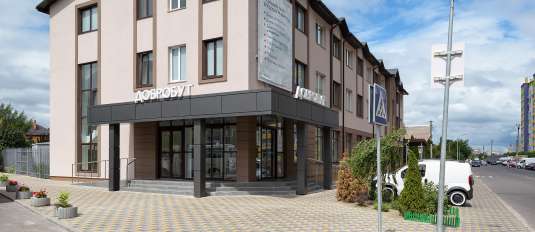
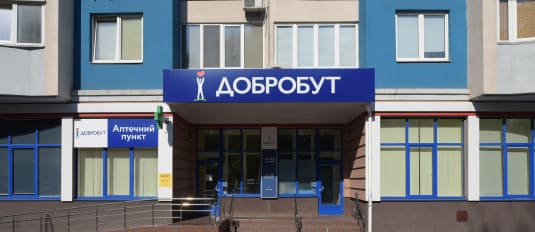





%402x.png)
%402x.png)
